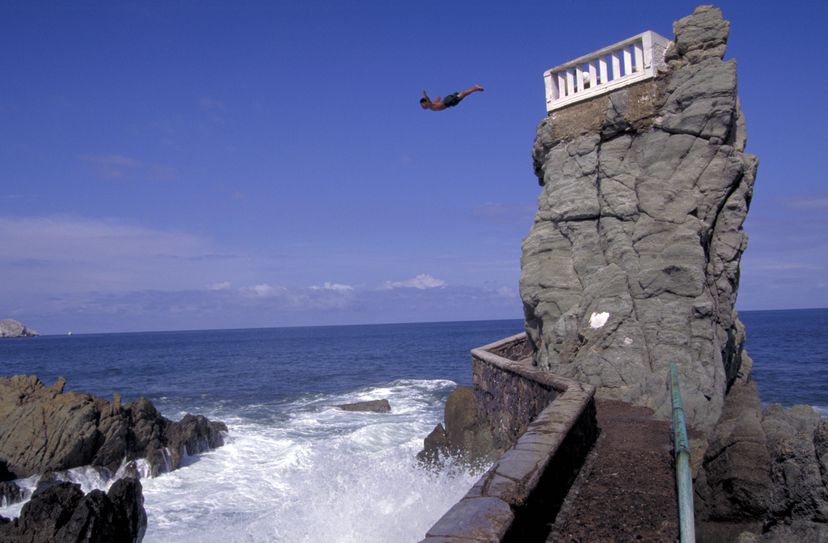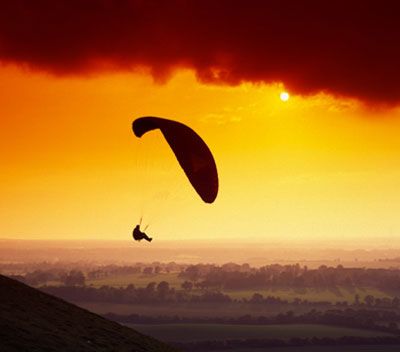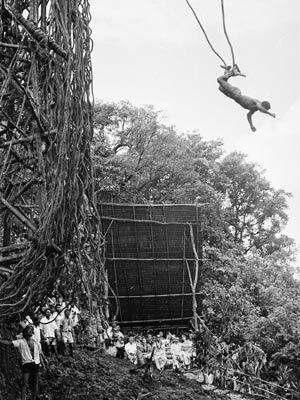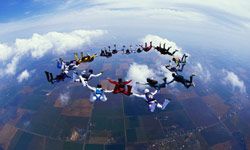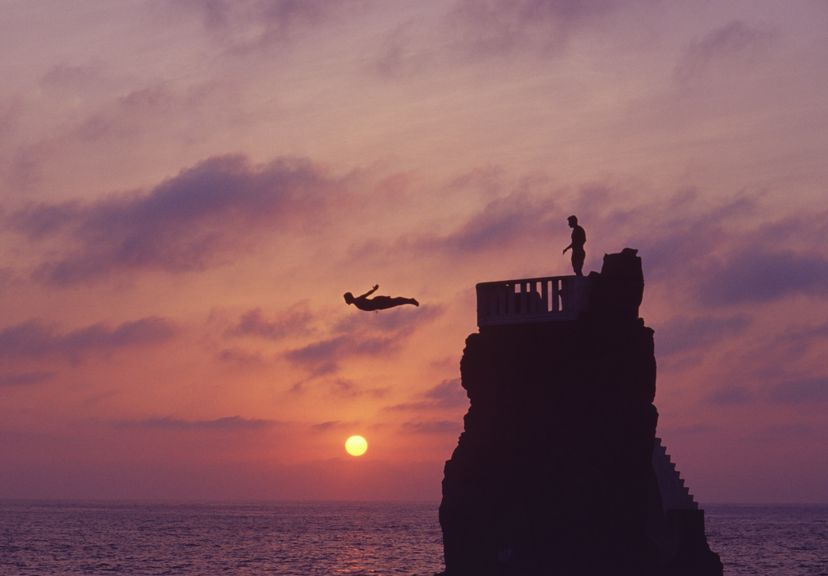
Cliff diving is probably the least complicated extreme sport.
There's no equipment to buy, no special clothing to wear and no provider services to hire. It's just your body, sailing through the air from dizzying heights and plunging into a body of water below.
Advertisement
Think of jumping off an eight-story building. That height — 85 feet (26 meters) — is the distance competitors dove from for the 2009 Cliff Diving World Championship.
Competition cliff diving is an outgrowth of Olympic high diving. But the daredevil act dates back to 1770 when King Kahekili, the last king of Maui, leapt from Kaunolu, a 63-foot (19-meter) cliff and entered the water below without causing a splash. For his regular feats of flying from the cliffs, the king earned the nickname "birdman." Later, he made his warriors jump from cliffs to prove their courage and loyalty.
At the end of the 1950s, Timex spokesman John Cameron Swazye used the extreme sport to "torture test" a watch. Television commercials showed an Acapulco cliff diver leaping from 87 feet (26.5 meters) and crashing fist-first into the surf with a Timex watch in his hand [source: Timex].
After the television show "Wide World of Sports" featured the International Cliff Diving Championship competition in Acapulco, Mexico, in its March 9, 1968 broadcast, cliff diving surged in popularity [source: ABC Sports]. Then, in 1996, the World High Diving Federation arose to organize competitions, work with Olympic committees and spread information about the sport.
Today, avid cliff divers travel the world seeking the next great thrill and the ultimate leap. The beautiful locations that host popular cliffs and international competitions range from the frigid natural pools of Switzerland to the balmy waters of Jamaica. But exotic locations are just one factor that makes cliff diving exciting — freefalling through the air at dangerous speeds is a big part of the rush.
Advertisement
